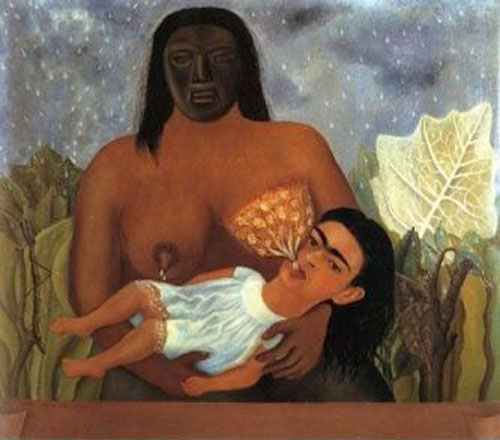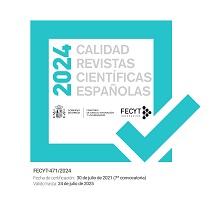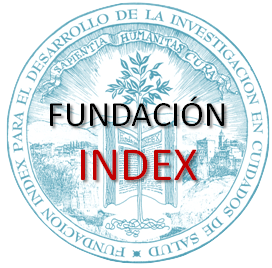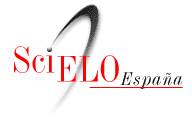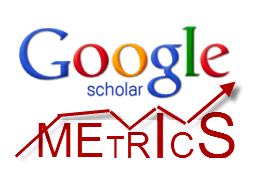NEONATAL CARE APPROACH: A TRANSCULTURAL FOCUS
Abstract
The care of the newborn from a transcultural perspective, it becomes a challenge that aims to bring different meanings to the stage in the conception of work to maintain, protect and strengthen the child's life. Knowing the beliefs and practices allows for identifying and using practices usually seen as out of date traditions compared with scientific advances. This establishes a bridge of communication between the care that people give themselves and the scientific expertise that is realized through careful nursing. This article is intended to: Represent Neonatal care from different transcultural approaches that enable the nurse to give constructive tools to the family while respecting cultural beliefs of each nuclear family. Importantly, the methodology for the development of this article was the bibliography. Therefore, the construction of knowledge that is available is based on the principles of Leininger's theory, which accepts nursing as a transcultural phenomenon, whose purpose is to lead people of different cultural orientations and specific lifestyles, with the objective of providing care that is appropriate to the culture. To promote the health of neonatals, it is important to recognize the cultural dimension. In which there are opportunities and threats, the first can be preserved, and it is possible to negotiate or restructure the latter. This interaction will undoubtedly be facilitated to the extent that the nurse has a thorough knowledge of the unique culture of each family and in this way can make comparisons. Common and diverse elements are found, which provide a human universal care with respect to the differences and specific needs of the heterogeneous nature of the families and their cultural environmentDownloads
-
Abstract1100
-
PDF (Español (España))255
The works published in this magazine are subject to the following terms:
1. The Publications Service of the University of Murcia (the publisher) preserves the copyright of the published works, and encourages and allows the reuse of the works under the license for use stated in point 2.
© Servicio de Publicaciones, Universidad de Murcia, 2011 (© Publications Service, University of Murcia, 2011)
2. The works are published in the electronic edition of the journal under Creative Commons Reconocimiento-NoComercial-SinObraDerivada 3.0 España(texto legal) “ a Attribution-NonCommercial-NoDerivatives 3.0 Spain license (legal text)”. They can be copied, used, broadcasted, transmitted and publicly displayed, provided that: i) the authorship and original source of their publication (journal, publisher and URL) are cited; (ii) are not used for commercial purposes; iii) the existence and specifications of this license is mentioned.
3. Conditions of self-archiving. Authors are allowed and encouraged to electronically disseminate the pre-print (pre-reviewed ) and / or post-print (reviewed and accepted for publication) versions of their works prior to publication, as it ensures a wider circulation and dissemination which may lead to a possible increase in its mention and a higher scope among the academic community. RoMEO color: green.
